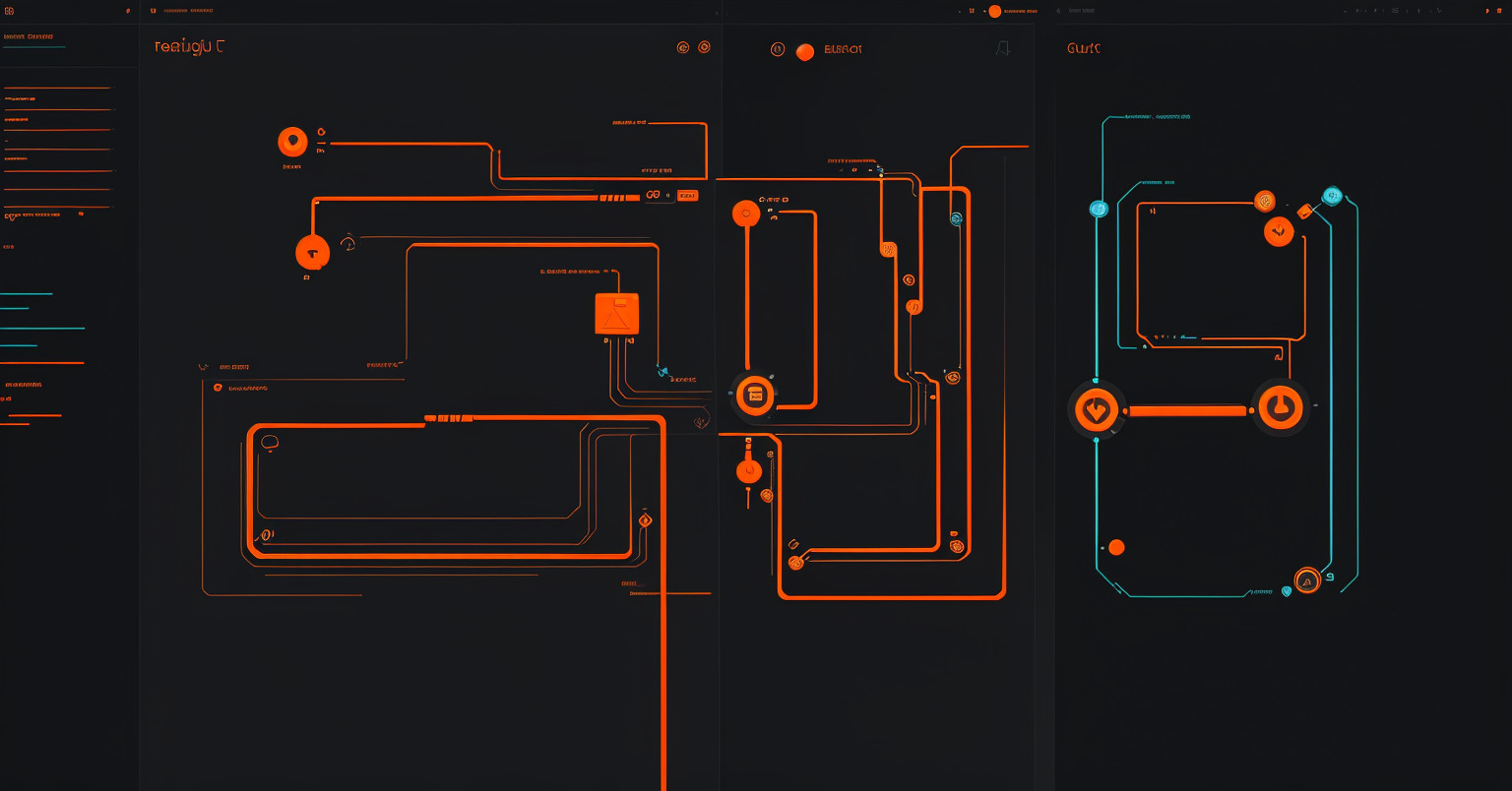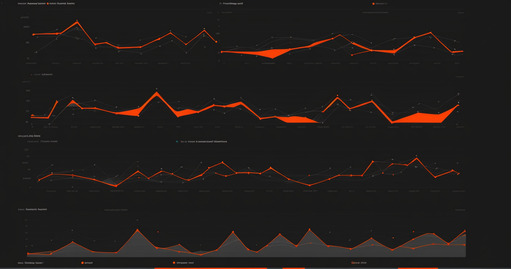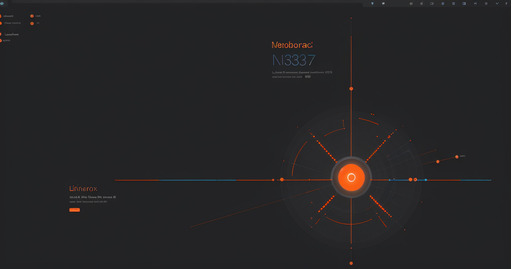Understanding the Build vs Buy Dilemma: When businesses need software to solve a problem or improve operations, they often face a critical question, should we build a custom solution or buy a ready-made one? The answer depends on many factors, including the complexity of your needs, available budget, and time constraints. Building custom software gives full control over features, branding, and future development, but it also requires more time, money, and in-house expertise. On the other hand, buying a SaaS product can offer a quick and affordable solution, although it may come with limitations on customization, integration, and scalability. Understanding this trade-off is the first step toward making a strategic tech decision.
Cost and Time Considerations in Build vs Buy Decisions: One of the biggest factors in the build vs buy debate is cost. Custom software development involves upfront investment, ongoing maintenance, and the cost of hiring developers or outsourcing to a trusted firm. It may take weeks or months to reach a usable MVP. However, it often pays off in the long run through ownership and operational efficiency. On the flip side, SaaS tools are typically billed monthly and offer immediate access to core functionality. While cheaper at first, long-term subscription costs can add up. Time-to-market is another critical concern, especially for startups and SMEs that need to launch fast. Businesses must weigh short-term speed against long-term flexibility.
Control, Customization, and Competitive Advantage: Businesses that choose to build their own software often do so for greater control and strategic differentiation. Custom platforms allow companies to create unique workflows, enforce brand identity, and innovate in ways off-the-shelf tools can’t support. This control becomes a competitive edge when the software is tightly aligned with the company’s goals and processes. With SaaS, customization is usually limited to configuration and minor integrations. While this may be sufficient for general use, it may restrict growth or innovation if your business model evolves. Understanding how much control you really need is essential when evaluating your long-term tech roadmap.
Evaluating Long-Term ROI and Maintenance Commitments: Return on investment (ROI) is about more than just cost, it includes usability, team productivity, scalability, and security. Custom software can be a powerful asset when maintained properly, but it also comes with technical debt and ongoing development needs. You own the roadmap, but you also own the risk. SaaS products, meanwhile, are continuously improved by vendors and typically come with support, hosting, and security baked in. However, reliance on external vendors can lead to pricing changes, feature deprecation, or platform shutdowns. It’s vital to assess whether your business has the capacity to manage custom tech or prefers a hands-off solution.
Making the Right Decision for Your Business Stage: Ultimately, there is no one-size-fits-all answer. Startups often lean toward SaaS tools to move quickly and stay lean, while growing businesses or enterprises may benefit from hybrid models or fully custom platforms that match their scale. Consider your company’s current tech maturity, budget, market speed, and need for differentiation. Some businesses even start with SaaS and transition to custom builds later as needs evolve. The key is to align your tech decision with your business strategy, goals, and growth vision. Whether you build or buy, the goal should be to empower your teams, serve customers better, and remain adaptable in a fast-changing digital landscape.




